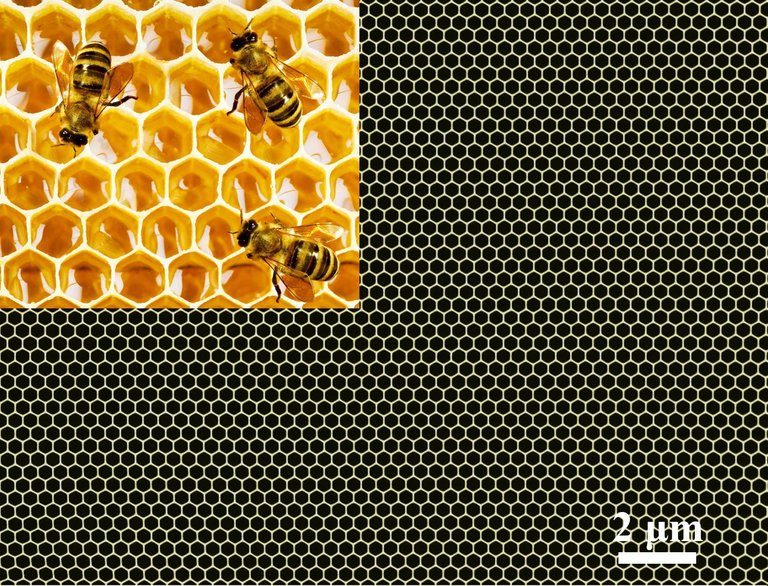Honeycomb structure as model for novel 3D nanoelectrode design
The research work at TU Ilmenau led by Dr. Huaping Zhao and Prof. Yong Lei could help solve this problem. Dr. Zhao: "In order to provide enough energy on a small, solid surface, we have developed a completely novel three-dimensional nanoelectrode design. By storing more charge in the three-dimensional space than in the two-dimensional space, we increase the energy density of micro-supercapacitors." In this completely new research approach, the scientists led by Prof. Yong Lei, head of the Applied Nanophysics Department, drew inspiration from nature: "The model is the honeycomb with its rigid, cellular structure - an excellent platform for three-dimensional nanoelectrodes for micro-supercapacitors." Such tiny capacitors allow for the high specific surface area of the electrode while also providing the favorable ion transport within the electrode needed to perform fast electrochemical reactions to efficiently store more charges.
To the article: www.nature.com/articles/s41467-019-14170-6


